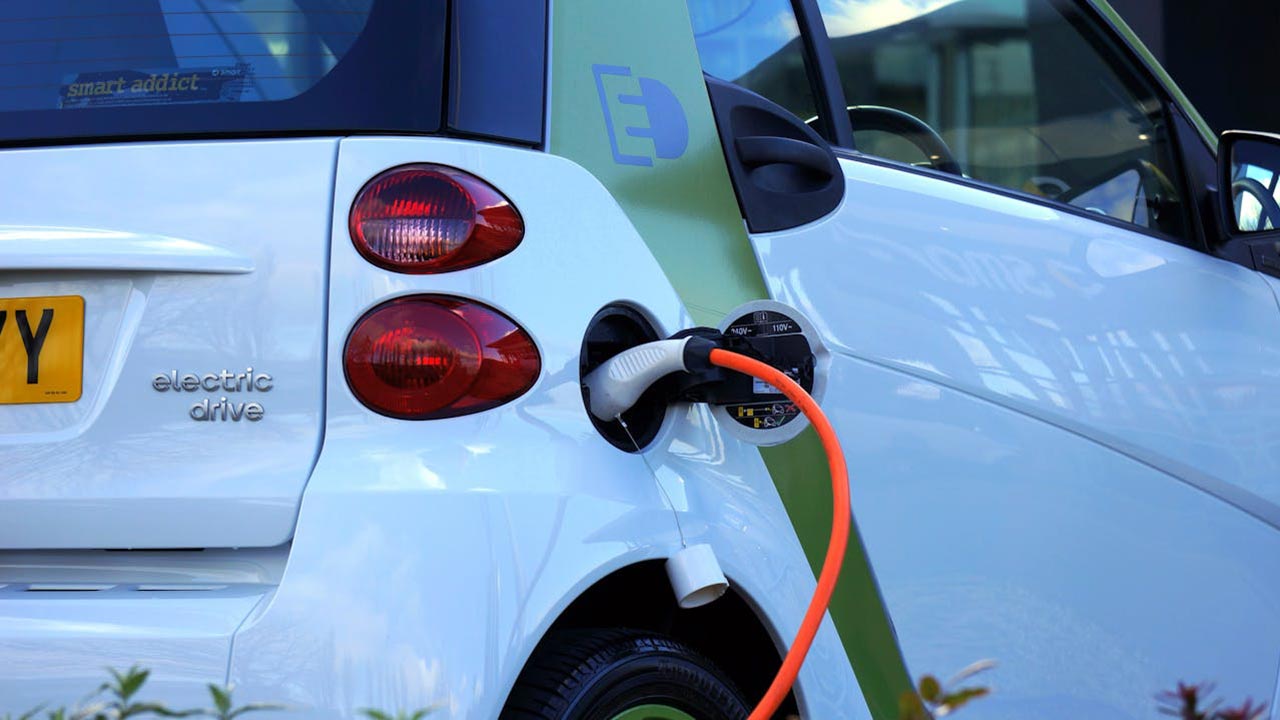
Electric vehicles (EVs) are often praised for their efficiency and environmental benefits, but many consumers notice a disparity between the longevity of EV batteries advertised by manufacturers and their real-world performance. This discrepancy can be attributed to several factors, including technological limitations, environmental influences, and variations between controlled testing environments and actual driving conditions.
Technological Limitations and Battery Chemistry
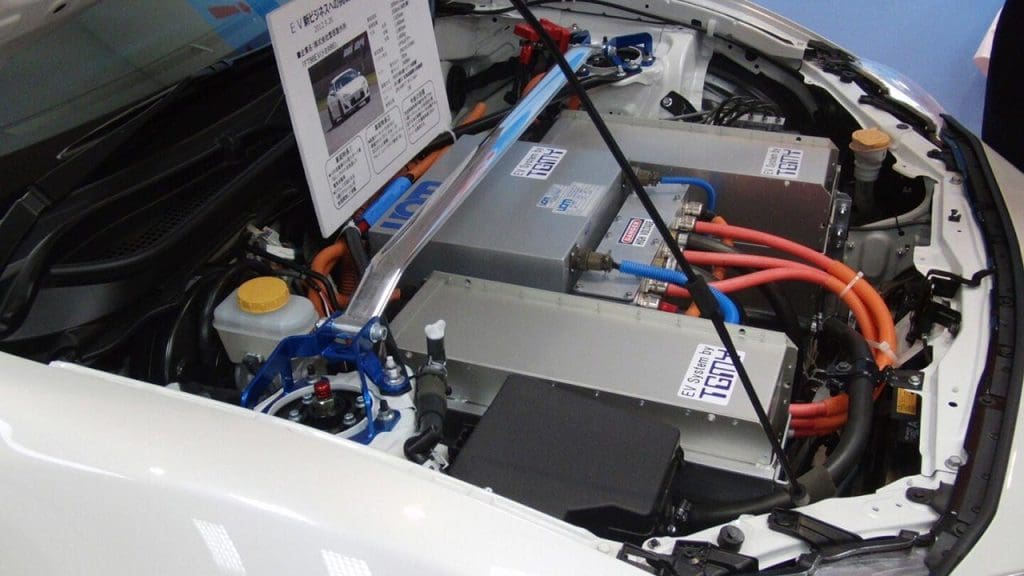
EV batteries, predominantly based on lithium-ion technology, naturally degrade over time. This degradation is due to various factors, such as the formation of dendrites, which can create short circuits, and the gradual loss of electrode material. These processes lead to a reduction in the battery’s capacity to hold a charge, diminishing its overall lifespan. As a result, consumers might find that their EV’s battery life doesn’t match the longevity promised by manufacturers.
The number of charging cycles plays a crucial role in battery degradation. Every time a battery is charged and discharged, it undergoes stress, which contributes to its wear and tear. Frequent fast charging, while convenient, can accelerate this degradation due to the high current involved, which increases the battery’s temperature and causes more significant wear. Moreover, there is a trade-off between energy density and longevity. Enhancing energy density allows for a longer driving range but often compromises the battery’s lifespan due to the increased stress on its components.
Environmental and Usage Factors

Temperature extremes significantly affect EV battery performance and longevity. High temperatures can cause thermal runaway, where the battery generates excessive heat, leading to accelerated degradation or even failure. Conversely, low temperatures reduce a battery’s ability to deliver power efficiently. To mitigate these effects, modern EVs are equipped with thermal management systems designed to maintain optimal battery temperature. However, these systems are not foolproof and can only do so much to protect the battery from environmental extremes.
Driving habits also influence battery life. Aggressive driving and heavy acceleration demand more power from the battery, leading to quicker depletion. However, techniques like regenerative braking can help offset some of this wear by recovering energy that would otherwise be lost. Geographical differences also play a role in battery longevity. Urban environments with frequent stop-and-go traffic can be more taxing on a battery than rural settings with smoother, consistent driving conditions.
Manufacturer Testing vs. Real-World Conditions
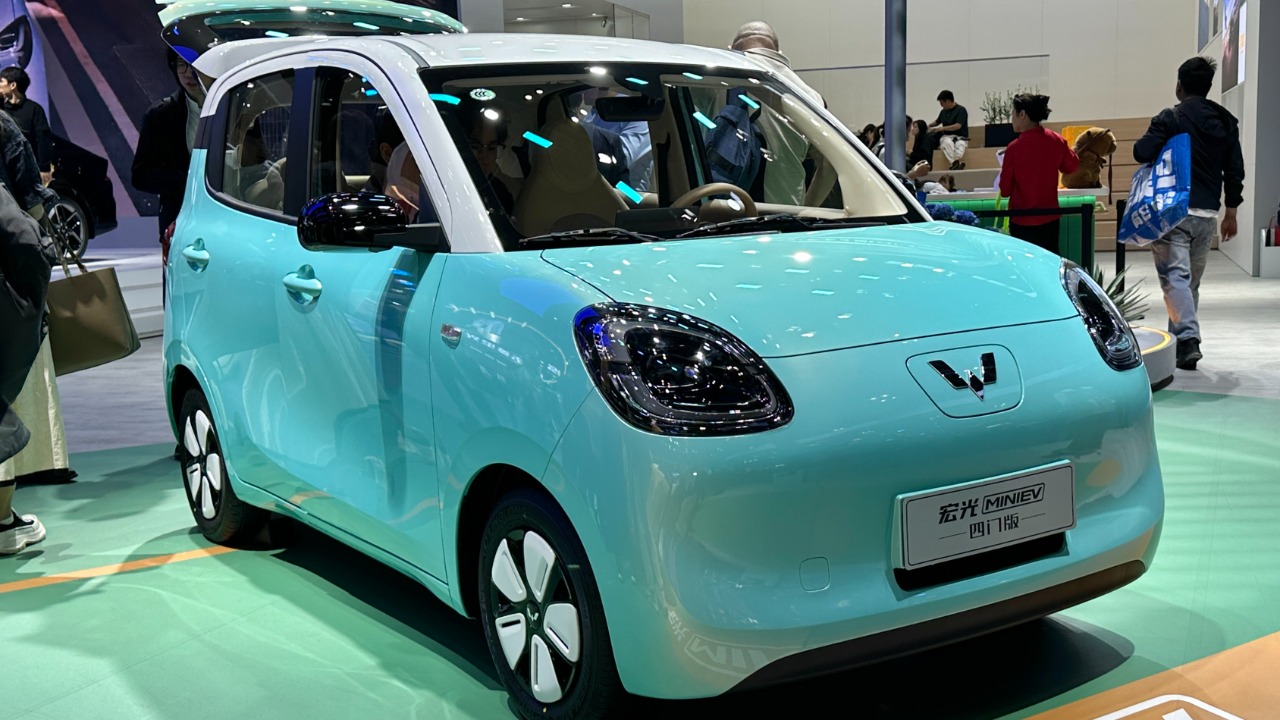
Manufacturers typically test EV batteries in controlled environments designed to mimic ideal conditions. These tests often do not account for the myriad of variables encountered in real-world usage, such as fluctuating temperatures, varied driving styles, and diverse road conditions. As a result, the performance metrics derived from these tests can be overly optimistic compared to what consumers experience in their daily driving.
Range estimations provided by manufacturers are also prone to discrepancies. Factors like cabin climate control, electronic usage, and even the type of terrain can significantly impact the actual range of an EV. Standardized testing protocols aim to provide a consistent basis for comparison, but they often fall short in capturing the complexities of real-world driving. This discrepancy can lead to consumer dissatisfaction when the promised range does not match their everyday experience.
Advancements in Battery Technology
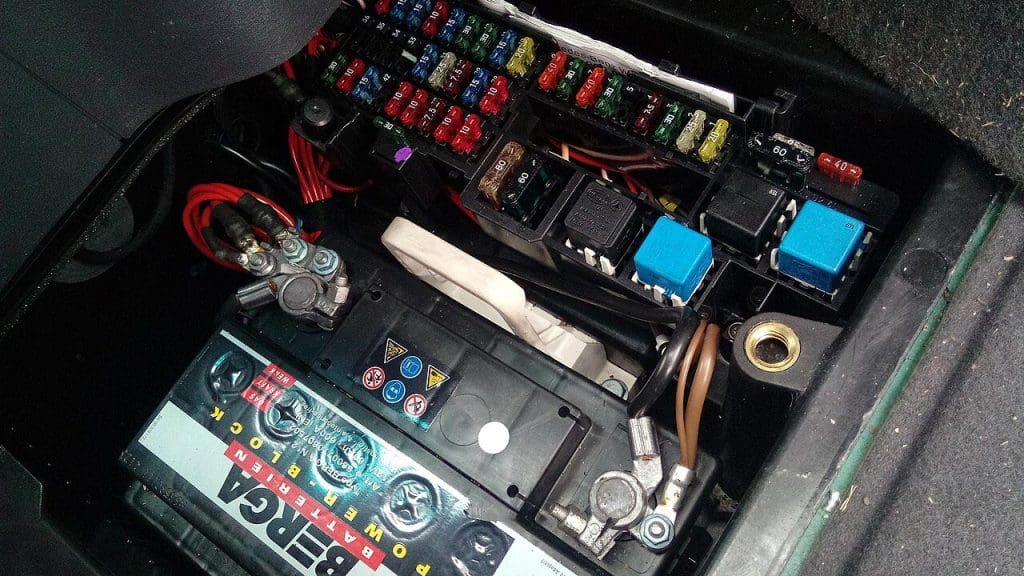
Emerging technologies, such as solid-state batteries, hold promise for addressing some of the limitations of current lithium-ion batteries. These batteries offer higher energy densities, faster charging times, and potentially longer lifespans due to their solid electrolytes, which are less prone to forming dendrites. While still in the developmental phase, these advancements could revolutionize EV battery technology and provide a more reliable solution for consumers.
Another area of innovation is the development of predictive algorithms that help manage battery health. These algorithms optimize charging habits and usage patterns, potentially extending battery life by up to 40 percent. Ongoing research, such as studies from Stanford University, aims to further improve energy efficiency and battery longevity, offering hope for more durable EV solutions in the future.
Consumer Awareness and Education
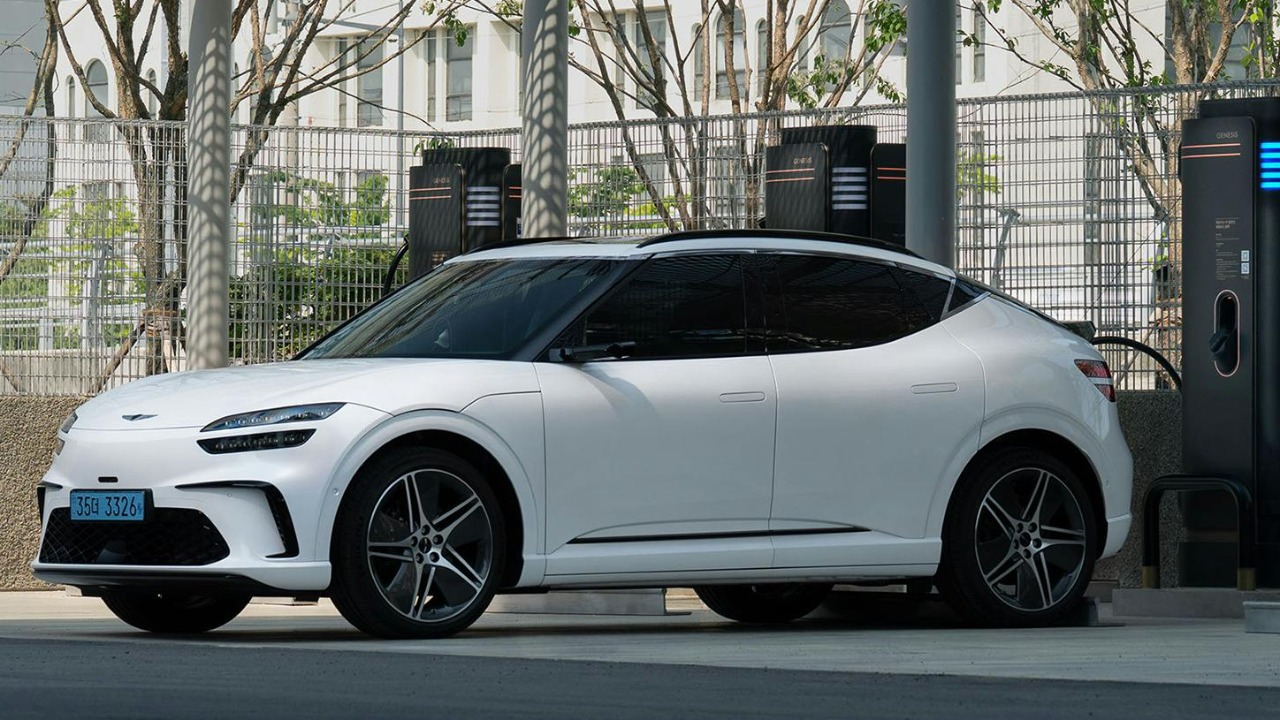
For consumers, understanding how to maintain their EV battery can significantly impact its longevity. Simple practices, such as maintaining optimal charging levels and avoiding extreme temperatures, can help prolong battery life. Additionally, utilizing features like eco-driving modes and regenerative braking can contribute to better battery health.
Transparency from manufacturers is crucial in setting realistic battery life expectations. Consumers should be informed about the factors that influence battery performance and the potential discrepancies between advertised and actual performance. This transparency can empower consumers to make more informed purchasing decisions, considering battery longevity as a critical factor alongside range and performance metrics.